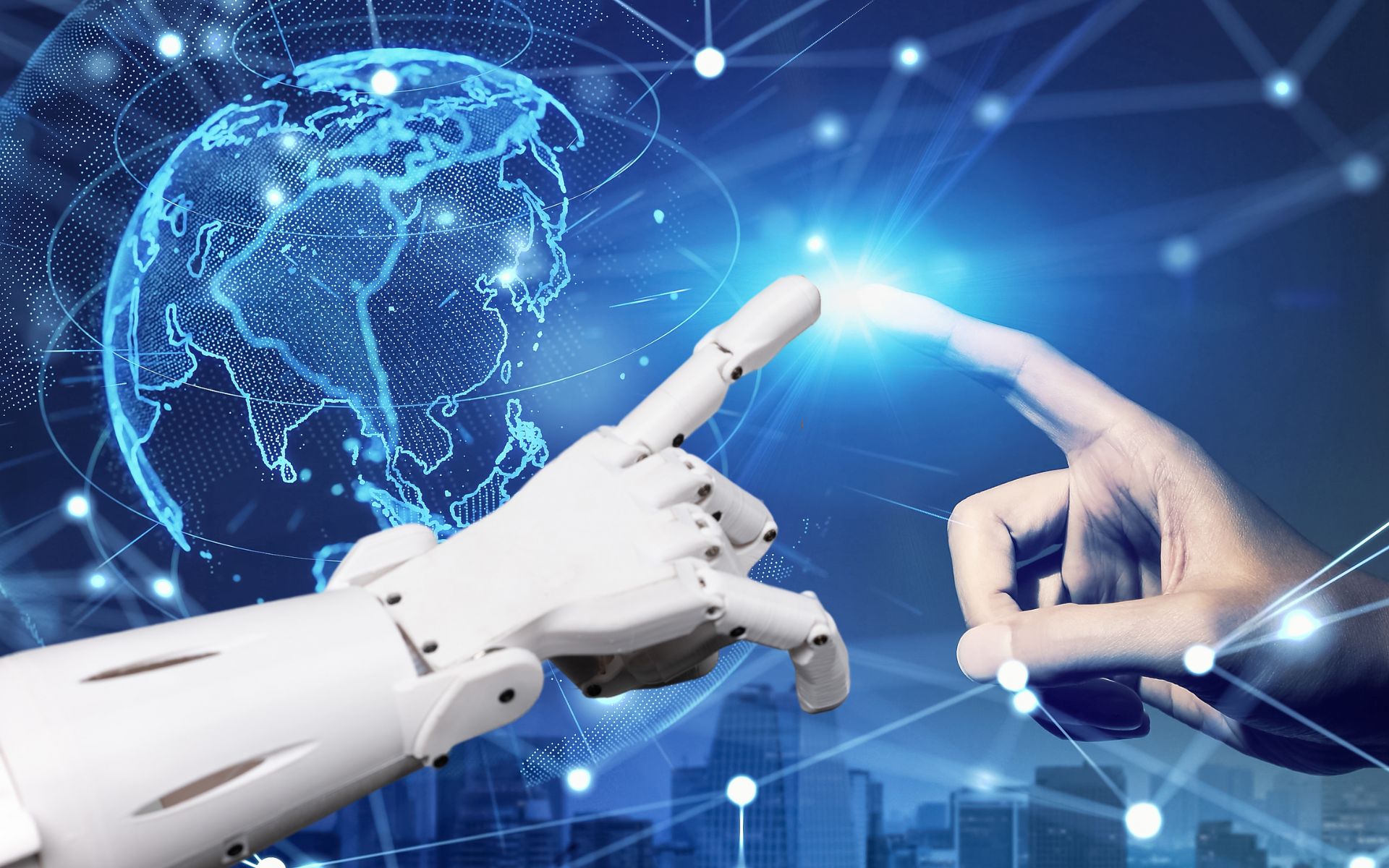
The Robotics Revolution: Training Digital Twins in the Cloud
Automation has made significant strides in many industries, but traditional robotics often hits a wall with complex, variable tasks. We have been working on exploring how machine learning and digital twins can create smarter, more adaptable robots. In a detailed article, pib co-founder Jürgen Baier and colleague Dirk Schüpferling discuss the potential and practical uses of these technologies.
The Challenge of Automation
Traditional robots are great at handling repetitive and standardized tasks. However, they struggle in unstructured or quickly changing environments. These scenarios require not only mechanical precision but also a type of “intuition” or flexibility, which has been unique to humans until now. Researchers are working hard to make machines smarter and more creative to fill this gap.
Machine Learning as the Key to Smarter Robots
Artificial intelligence (AI) and especially machine learning (ML) provide solutions for training robots to take on more complex tasks. Reinforcement learning is particularly promising. In this approach, a neural network learns to develop optimal strategies by interacting with its environment. The system gets rewards for desired outcomes, speeding up the learning process and boosting adaptability.
The Costs and Risks of Learning in Real Environments
Training robots in real environments presents significant challenges. The costs of creating and maintaining these environments are high. Physical damage to objects used during training adds extra costs and can slow down the process. In safety-critical areas, mistakes during training are unacceptable as they could endanger people or expensive equipment.
The Solution: Digital Twins
A digital twin is a virtual copy of a real object or system, allowing experimentation in a safe, controlled environment. This technology has significant benefits: it cuts costs by preventing damage to physical components and enables rapid scaling of learning processes. By speeding up simulations and running multiple training sessions in parallel, large amounts of data can be generated, greatly enhancing learning efficiency.
Creating a Digital Twin for Our Humanoid Robot
For our humanoid robot pib, we created a digital twin by converting our CAD files into a virtual model. This digital twin mimics the physical robot’s behavior, allowing us to pre-train algorithms and conduct reinforcement learning in a simulated environment. This approach reduces hardware issues and costs, enabling faster error detection and more efficient training. For a detailed explanation, check out the full article here.
Conclusion
With our research and development efforts we have been working on making advanced automation technologies more accessible. Digital twins for example open up new possibilities for innovation in robotics and beyond. The future of automation is not just about technology but also about accessibility – and you can join us in leading the way! If you want to become part of our Open Source project, join our Discord community to participate in our work groups and find your next project.

